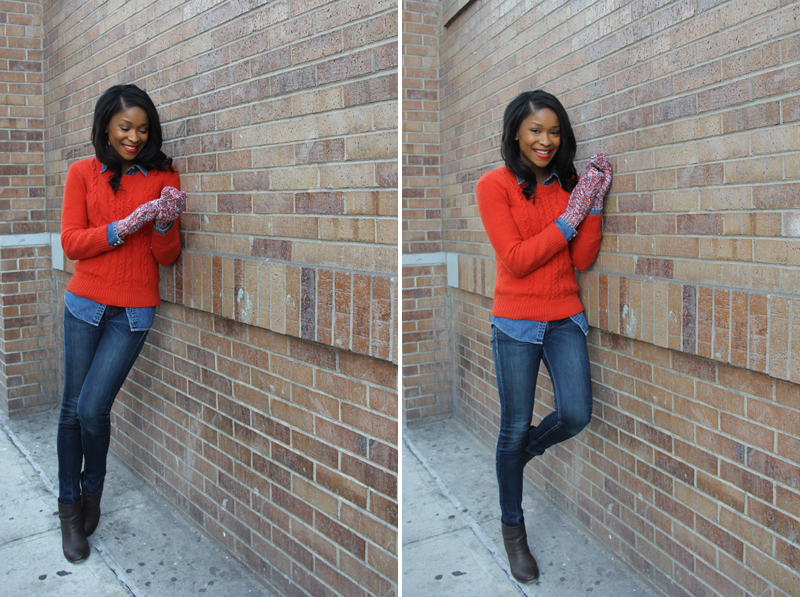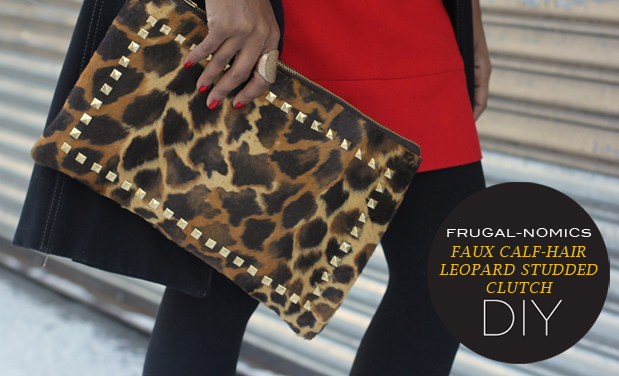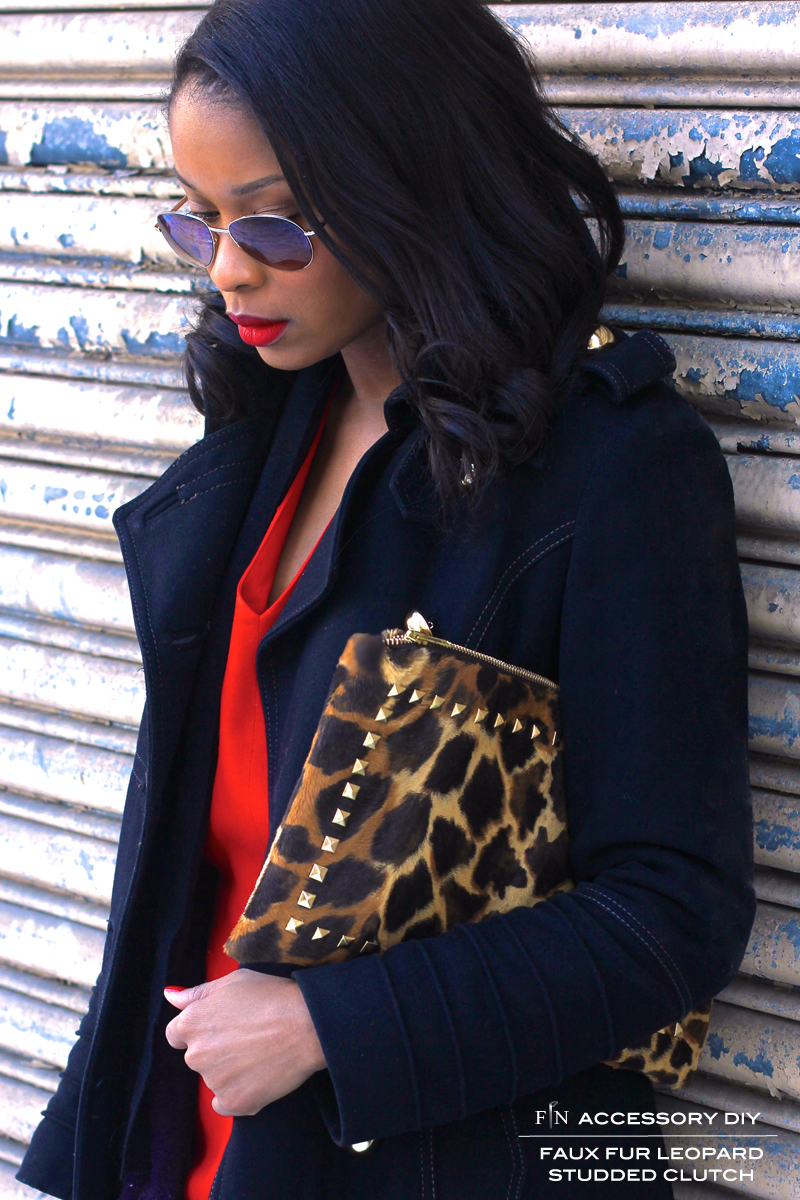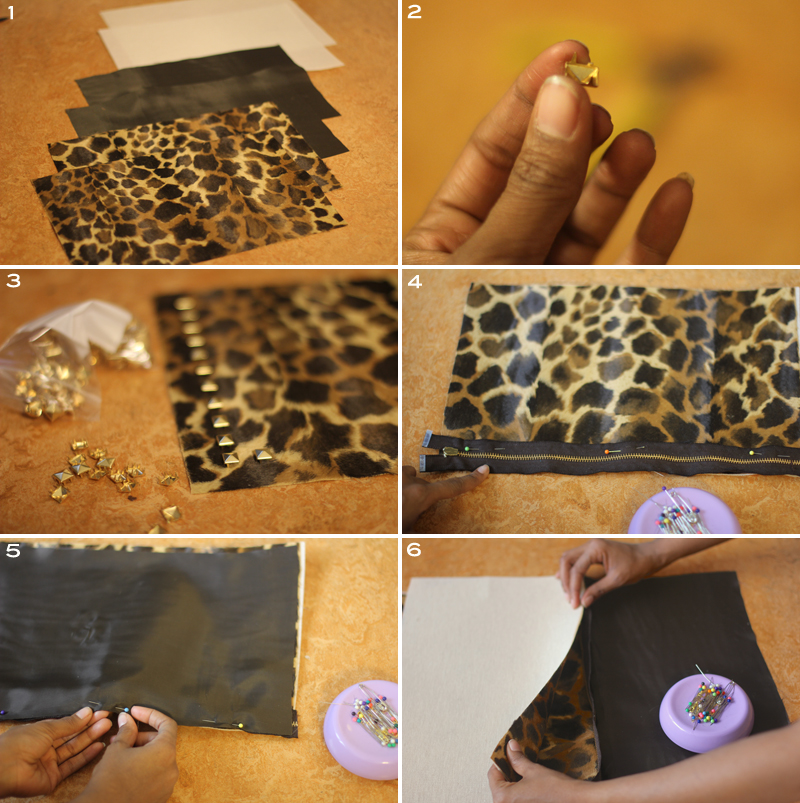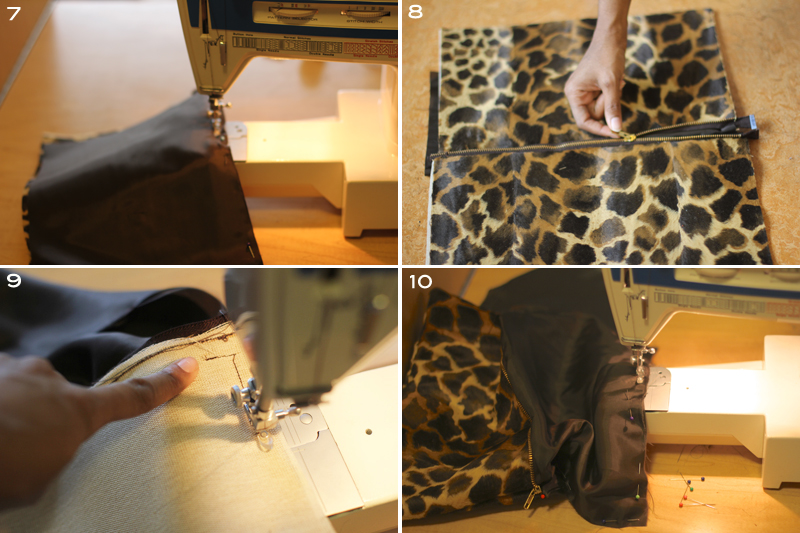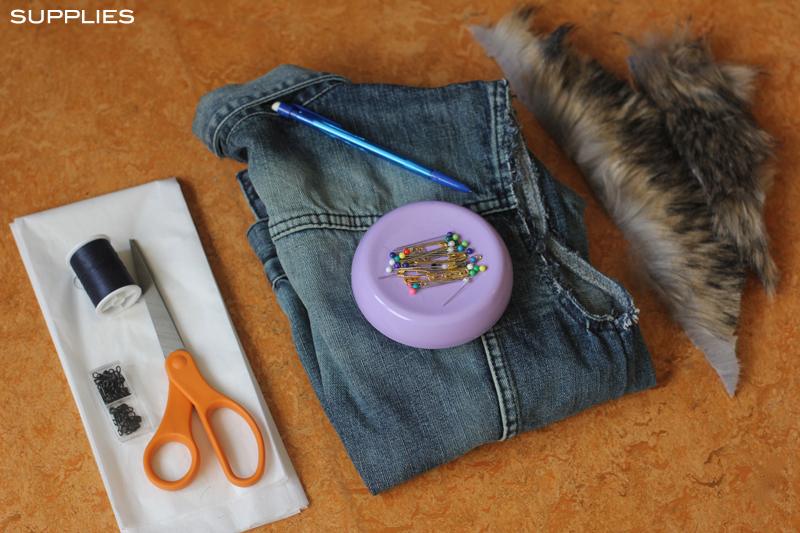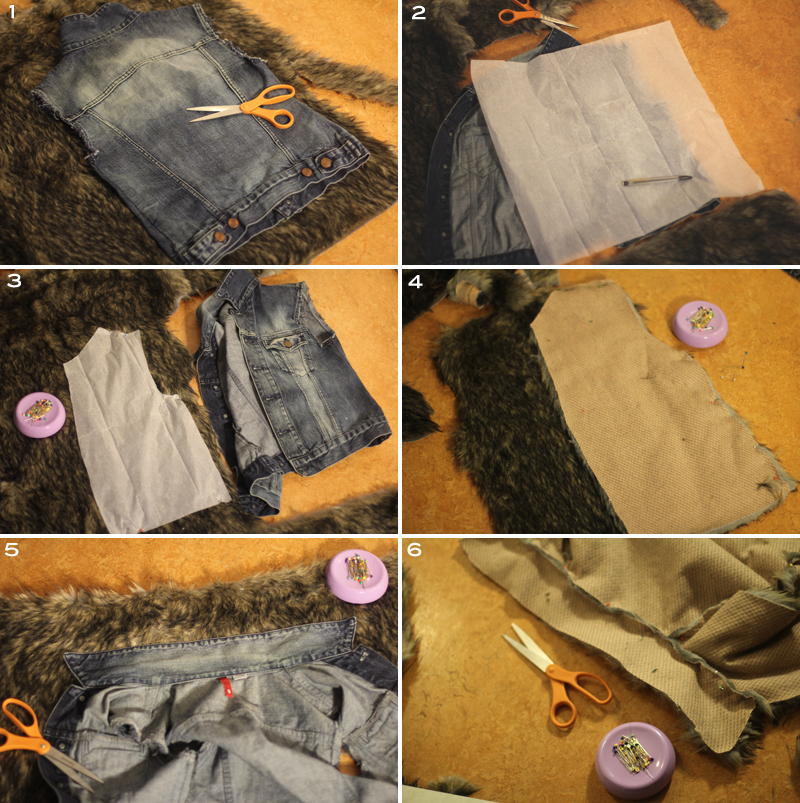 DIY
DIY
Frugal-nomics.com DIY: Sweater Mittens
When will the snow end? I’m sure I’m not the only one who is absolutely over it at this point. But, I am a firm believer that the added bulk in layers doesn’t mean we have to compromise our fashion sense. Want a cute way to stay warm that doubles as a quick way to repurpose those old sweaters? Check out my How-To below.
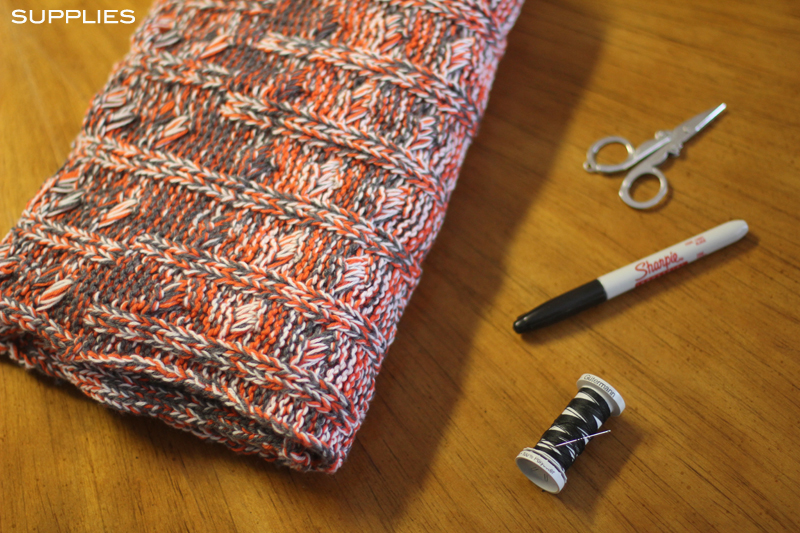
SUPPLIES: An old sweater or some sweater knit material, scissors, marker, and ideally a sewing machine if you don’t want to hand stitch like I did.

HOW-TO:
1. Take your retired sweater or rectangle of sweater material with the finished ribbed edge at the bottom, and lay it flat on the table in front of you, right side facing up. Next, take the two outer edges and fold them inward until they meet at the center (Note: the wrong side will be facing you).
2. Place one of your hands down on the fabric with your thumb open an extended, and loosely trace your hand (Note: you’ll want about half an inch room around your hand).
3. Here I hand stitched around the black outline of the hand I created. But, for added security for gloves that will last, I suggest quickly running them on your sewing machine.
4. Last but not least….leave about 1/4 inch room around the perimeter of your hand, cut out this figure, and then turn your gloves right side out. You’re all set!
